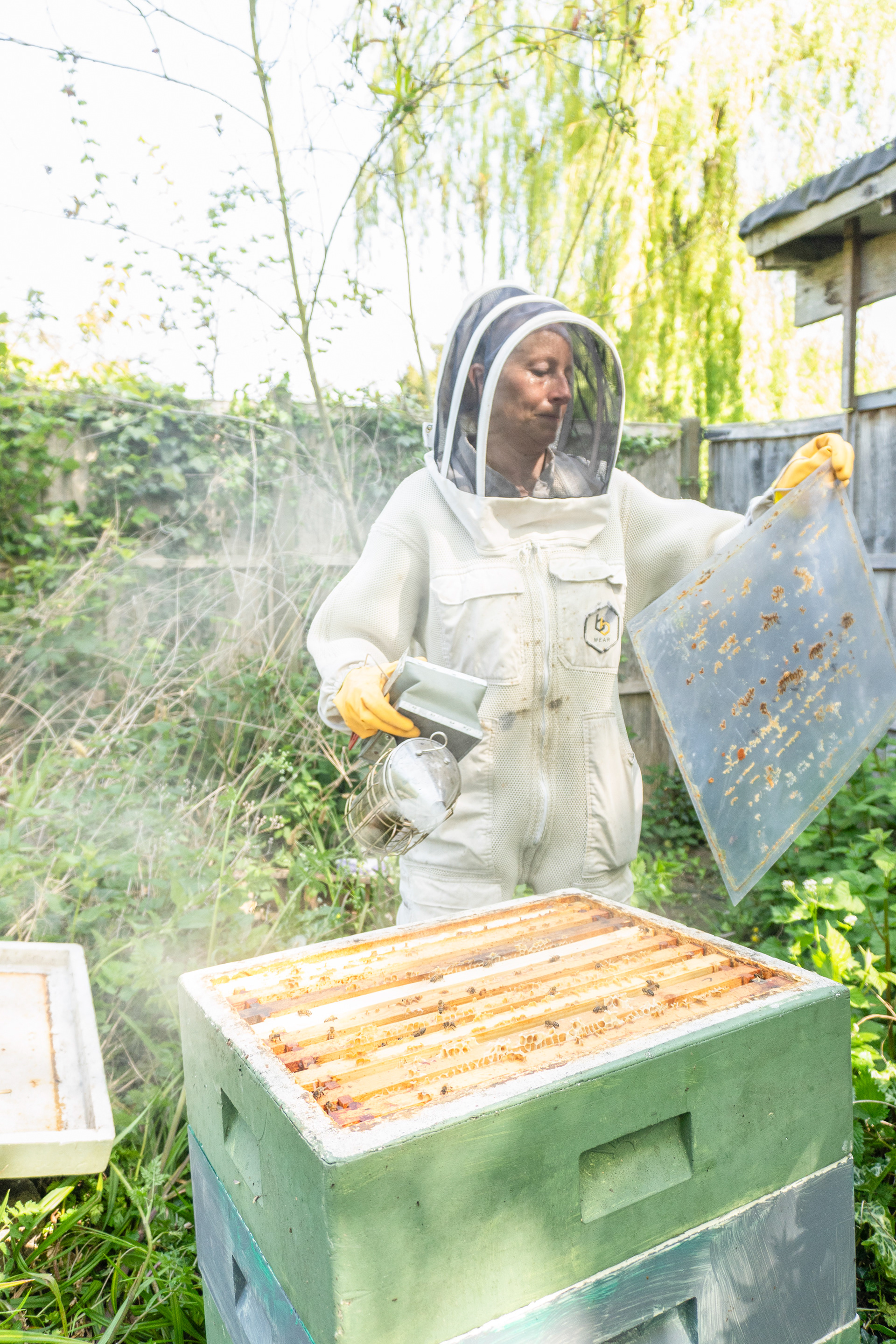

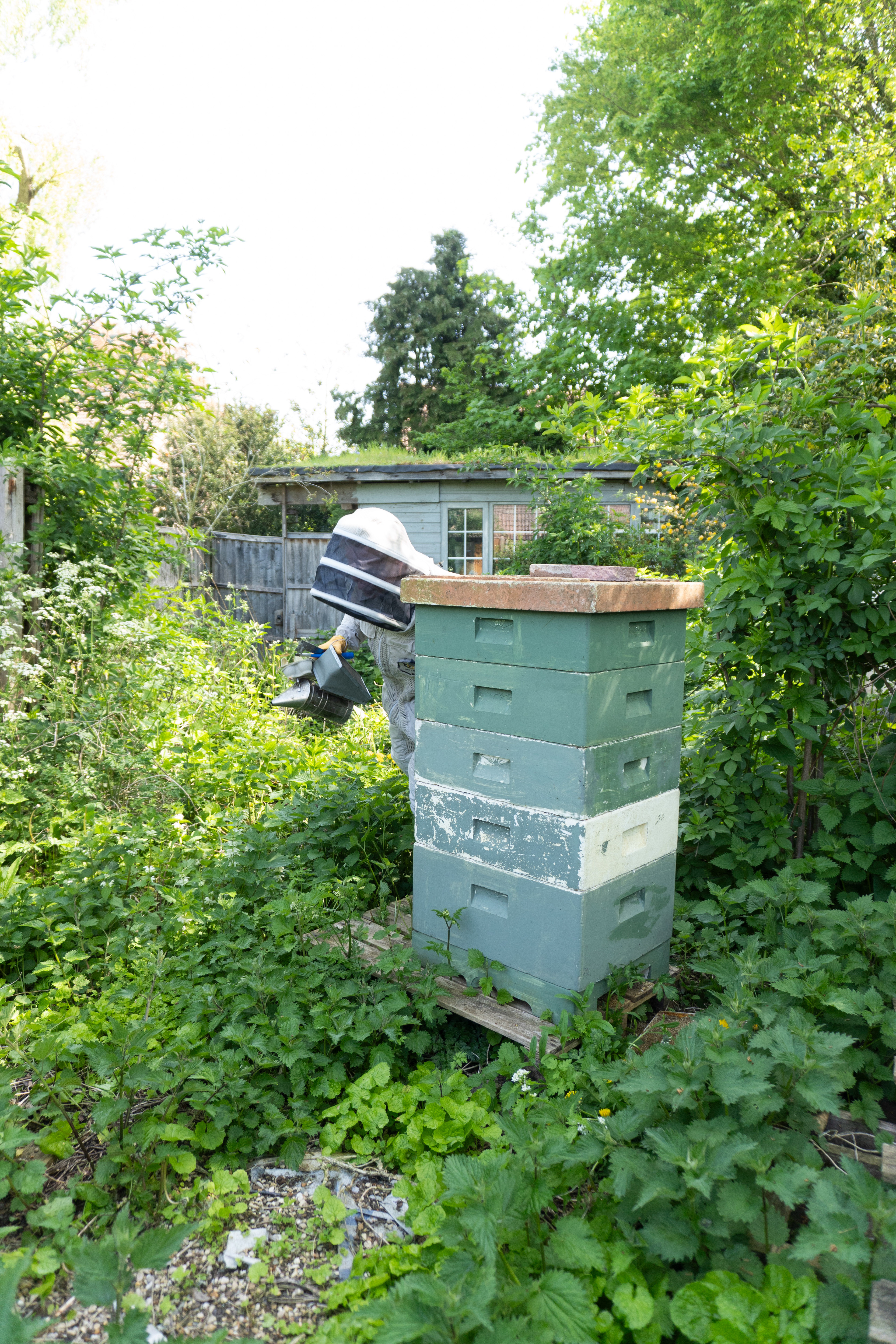

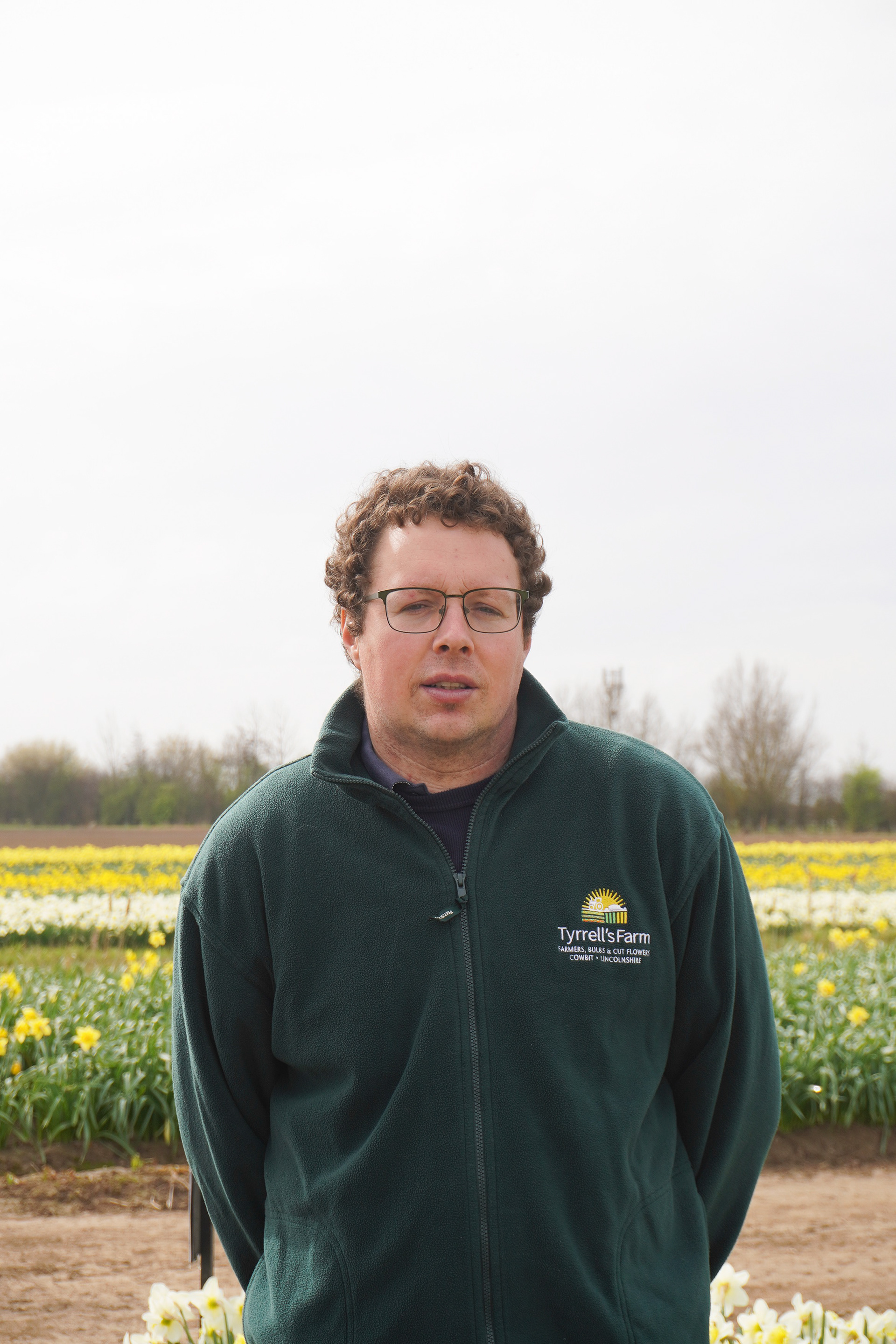

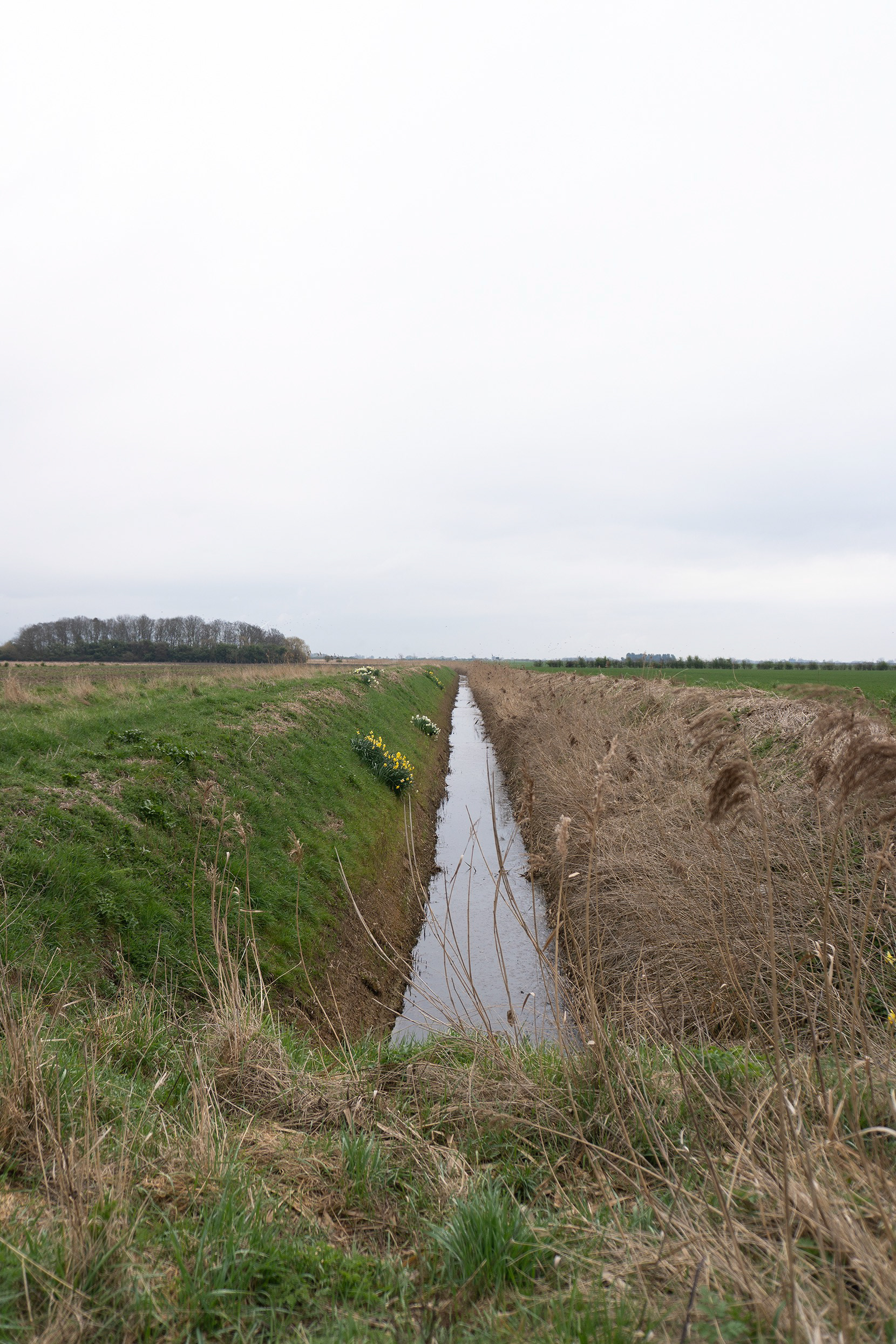

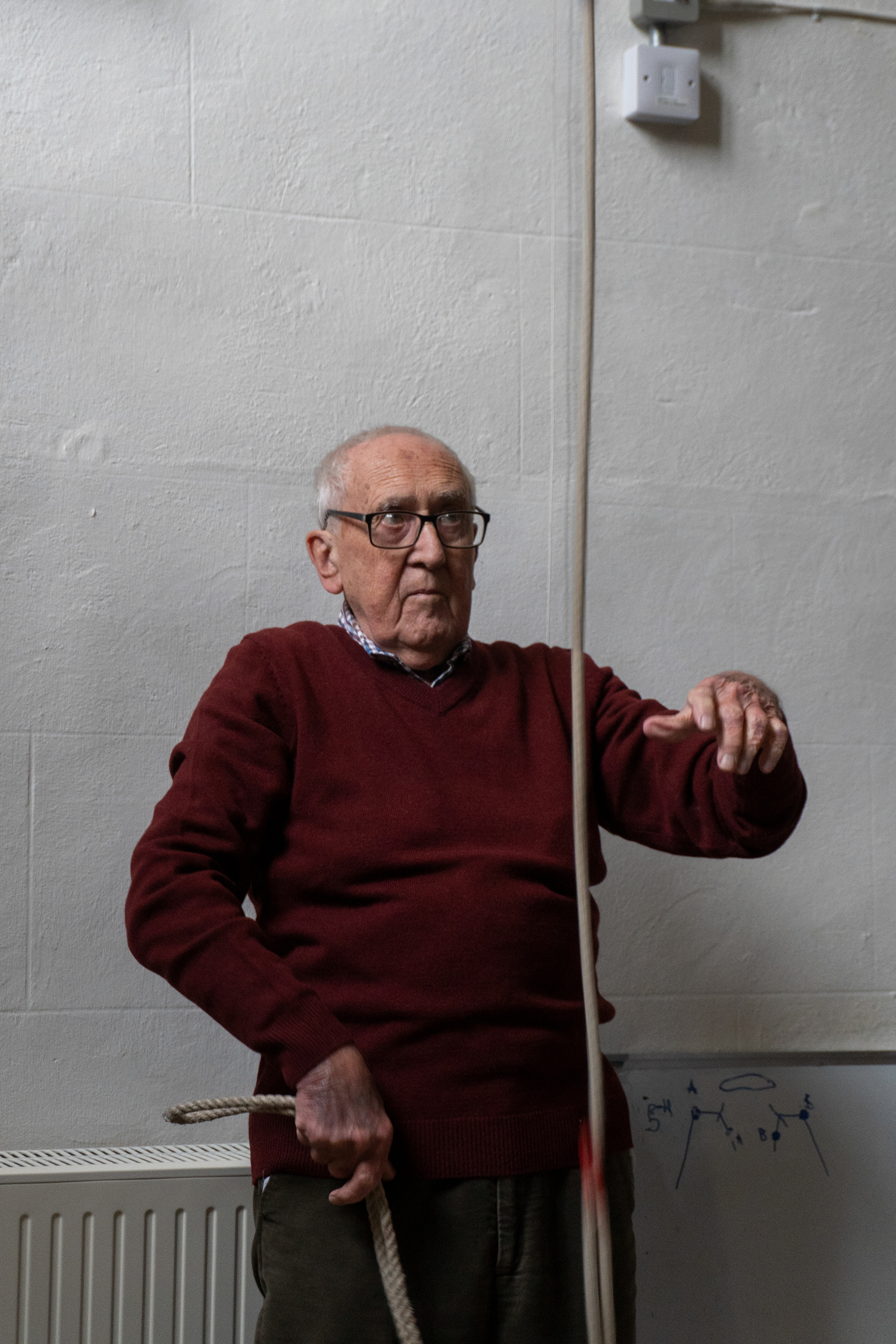



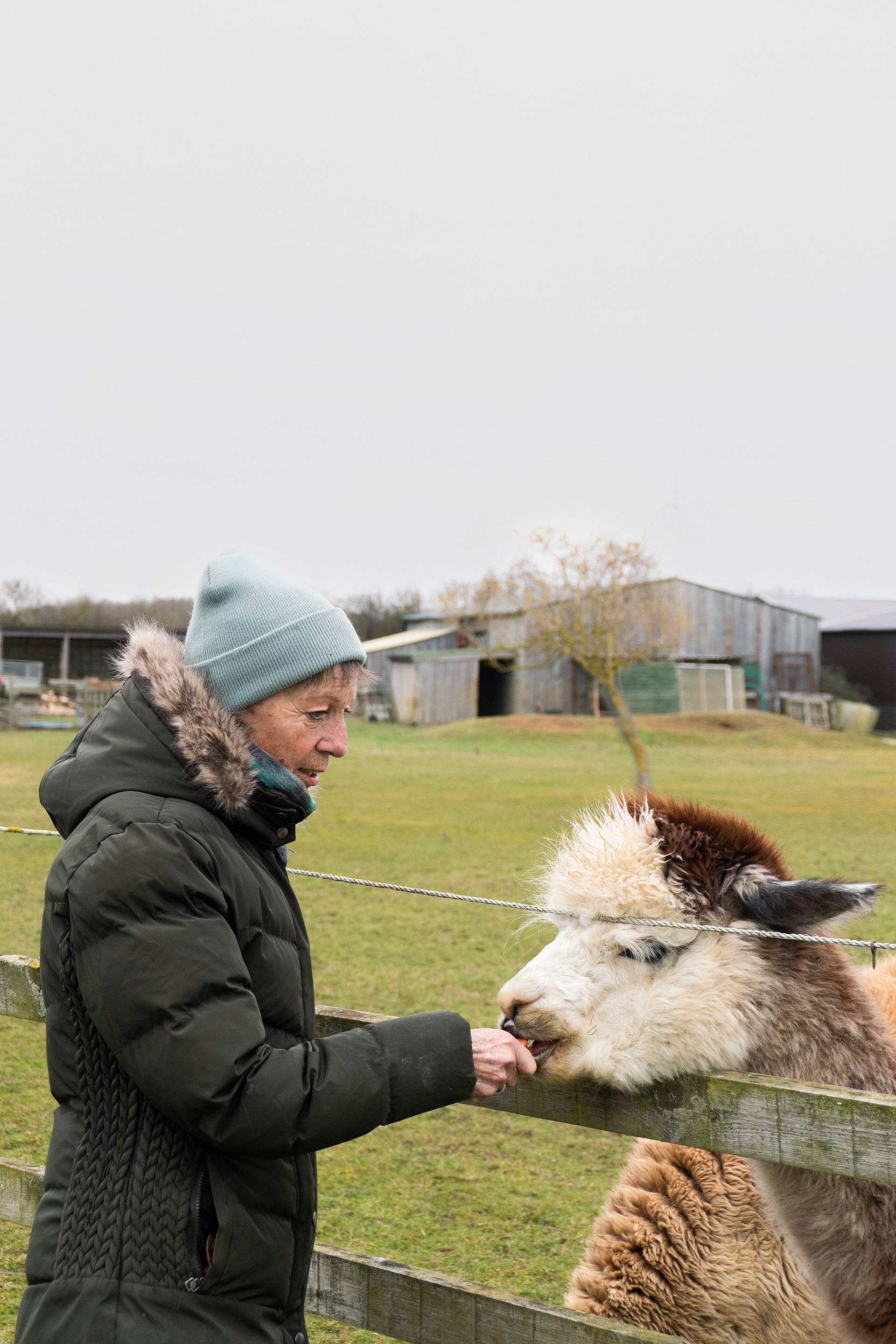
With the fenland being an incredibly versatile, but restricting landscape to live and work in, I have explored the various ways communities and businesses have utilised the large expanses of flat land. Historically, the purpose of the lands drainage was for it to become an increasingly profitable part of the country, instead of the empty marsh land and bogs it once was. However over the last two years in particular, the land has become more difficult and unpredictable to live and work in. This is due to the four rivers (Welland, Glen, Nene and Great Ouse) water levels increasing as a result of rainfall and snow thawing, which is rumoured to be caused by climate change. This has continuously debilitated the businesses and communities who use this land to make a living or simply live here, such as the farmers and the communities homes (churches as an example), meaning they have spent a lot of money and time recently on repairs to get back to normality. To build upon this concept, I have photographed arable and pastoral farmers, a conservationist, local artists, a bell ringing community, a beekeeper and a church warden, to name a few. In each of these groups, I have aimed to convey a strong sense of community, hard work and resilience whilst they each continue to inhabit the landscape and the articulated natural environment of the fens.












